Mastering Go CLI and TUI
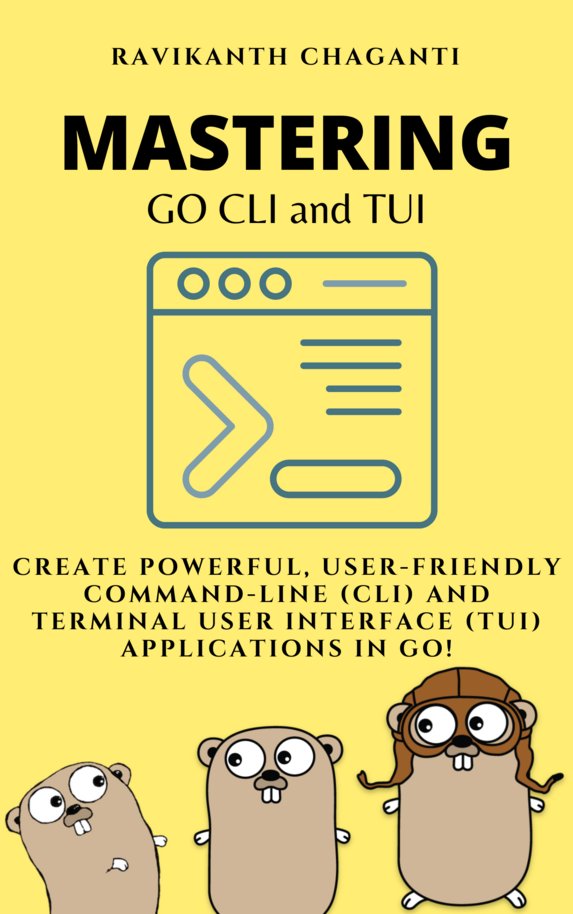
Go is a fast, simple, and versatile programming language for building command-line and terminal user interfaces (CLI and TUI). Whether you want to create a tool for system administration, data analysis, network monitoring, or game development, Go can help you achieve your goals with ease and efficiency.
In this book, you will learn how to master the art of CLI and TUI development in Go. You will start by writing a CLI application using the flag package in the standard library. Then you will dive into CLI and TUI libraries and frameworks, such as cobra, bubble tea, and more. You will learn how to create interactive menus, forms, tables, charts, widgets, and animations that run entirely in the terminal. You will learn how to create Go CLI in extending kubectl CLI. You will also learn to test, debug, and confidently deploy your CLI and TUI applications.
By the end of this book, you will have the skills and knowledge to create powerful and user-friendly CLI and TUI applications in Go that can run on any platform and device.
[Mastering Go CLI and… by Ravikanth Chaganti PDF/iPad/Kindle] (leanpub.com)
Azure Bicep - Zero to Hero
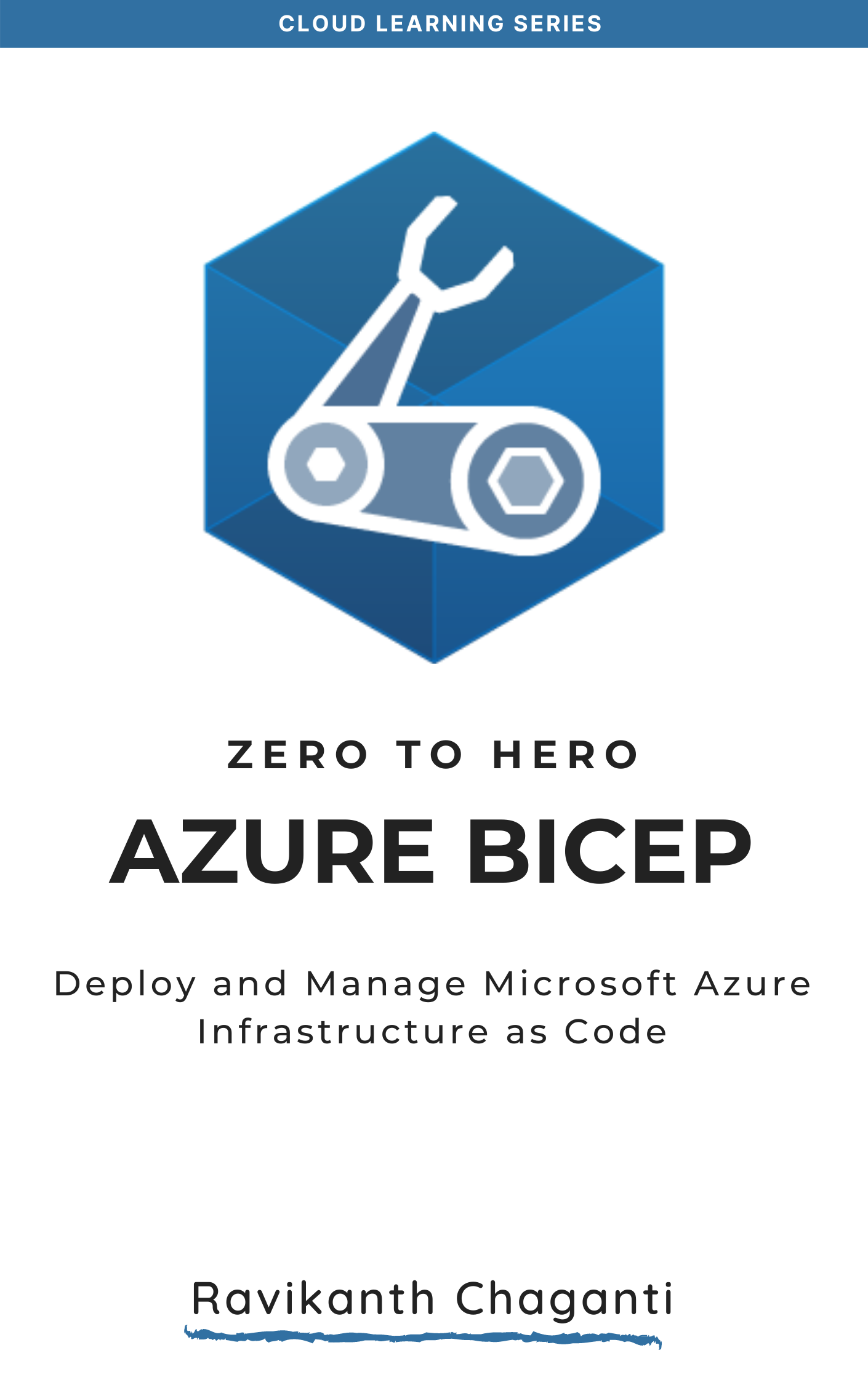
Enter Azure Bicep. Bicep language is a transparent abstraction over ARM template language. Azure Bicep templates traspile to ARM JSON templates. Bicep language is easy to learn and very simple to read and write. Being a transparent abstraction on top of ARM templates, Bicep supports the same resource types and properties. By building on top of resource specification API as the backend, Bicep enables day-zero support for any new resource introduced as an Azure service.
This book focuses on deploying and managing Azure infrastructure with Bicep and covers everything that you need to know right from basics to the advanced usage of Bicep language to create complex Azure infrastructure configurations and implementing continuous pipelines for your Azure infrastructure configurations.
You can buy this book at [Azure Bicep - Zero to… by Ravikanth Chaganti PDF/iPad/Kindle] (leanpub.com).
Windows PowerShell Desired State Configuration Revealed
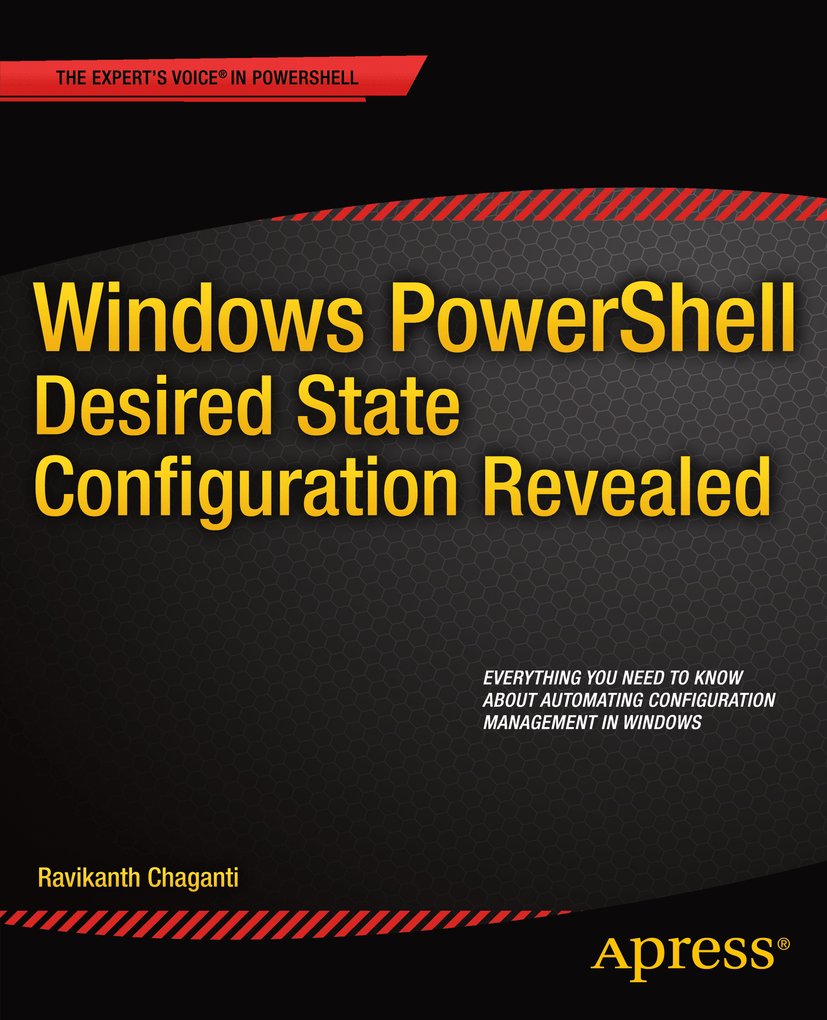
This book is available for purchase on Amazon.
Pro PowerShell Desired State Configuration
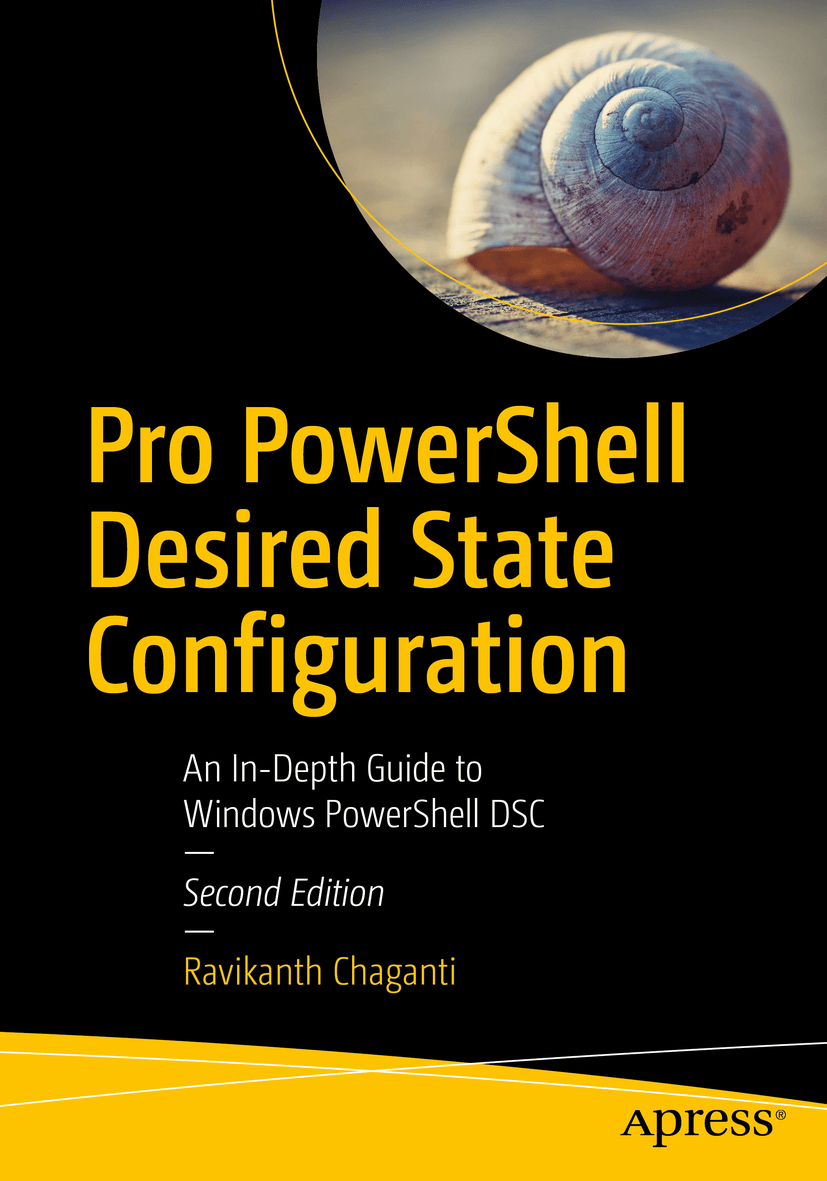
This book is available for purchase on https://www.amazon.com/PowerShell-Desired-State-Configuration-Depth-ebook/dp/B07CNQD3M9.
Layman’s Guide to PowerShell Remoting 2.0
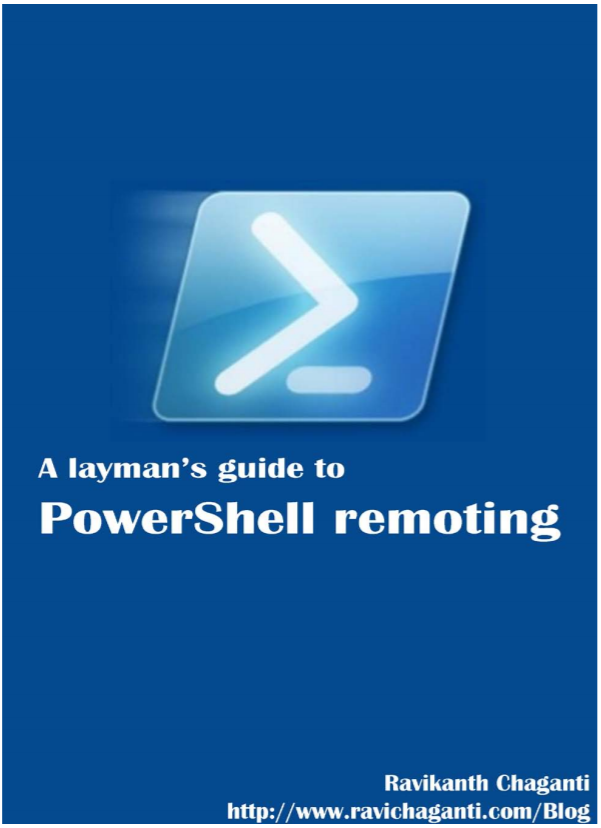
This is available for no cost here.
WMI Query Language via PowerShell
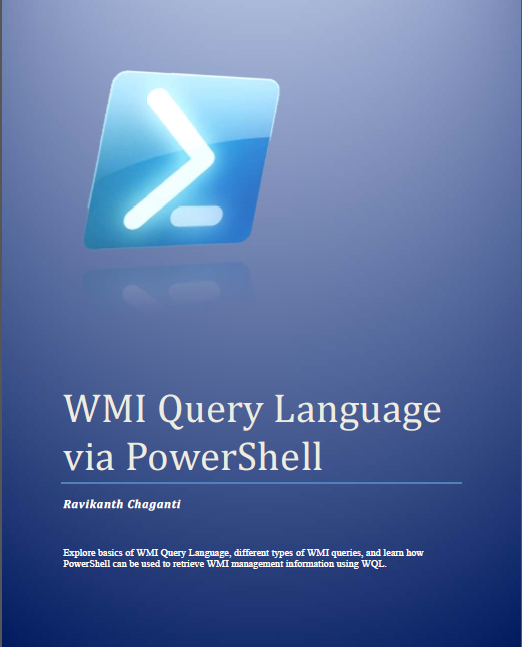
This ebook helps you explore basics of WMI Query Language, different types of WMI queries, and learn how PowerShell can be used to retrieve WMI management information using WQL. This is still the most popular WMI content out there referenced by many administrators and security (red and blue teams) professionals.
This is available for no cost here.